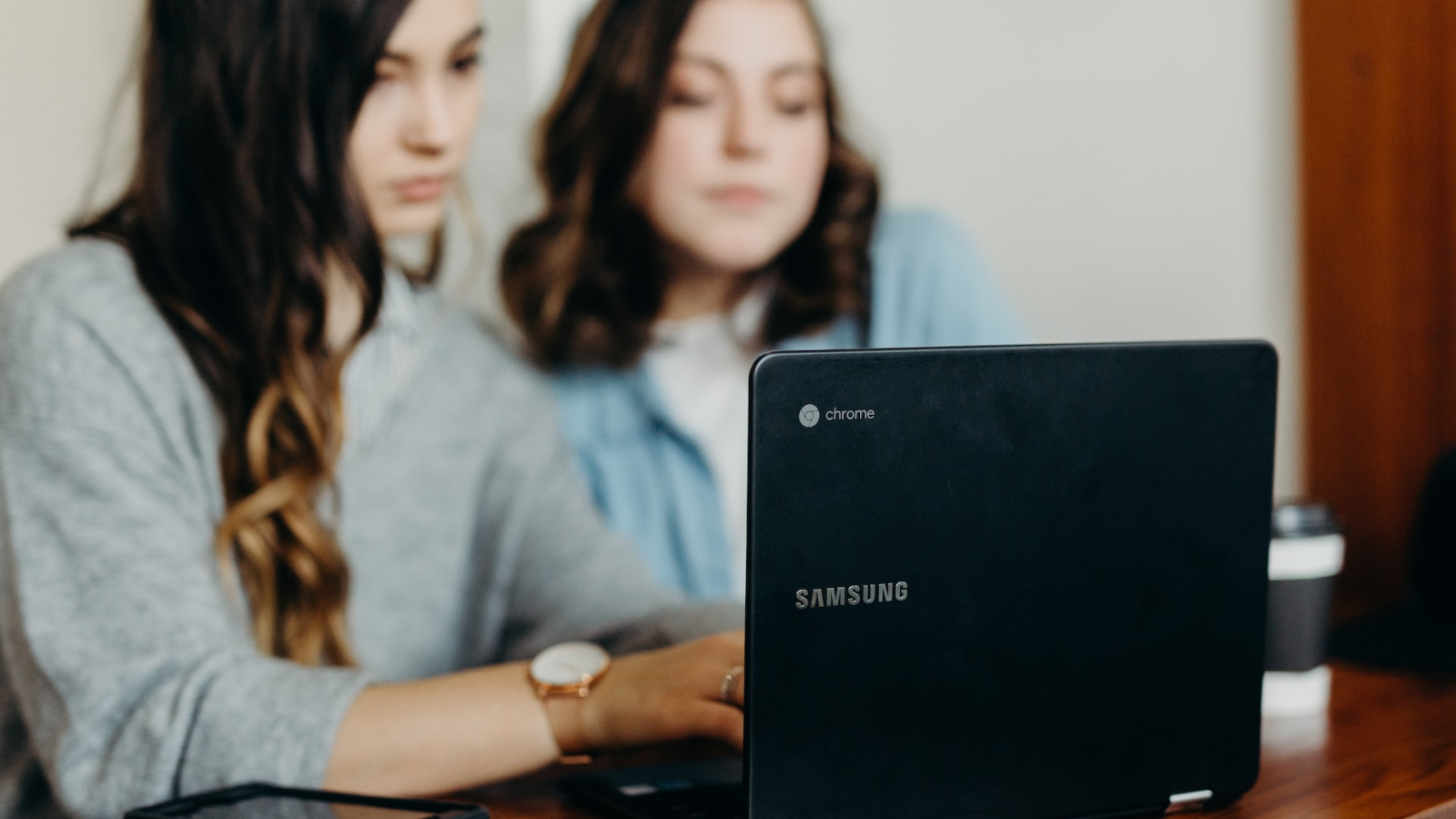ChromeOS is known for its user-friendly operating system, and now it’s getting an incredible AI-assisted accessibility boost that could make it even better. Soon, your Chromebook will be able to track your facial movements to control your mouse and keyboard.
Chromeunboxed notes that the new feature will be added under the accessibility options for the cursor and touchpad settings, which, when enabled, will allow you to control your cursor and keyboard with your facial movements.
The best Chromebooks are already heralded for their simplicity and productivity prowess, getting students and professionals through their working day and offering a sleek computing experience.
While the idea of Google tracking your face might not fill you with the warm and fuzzies, this new feature seems to be geared towards users who may have mobility restraints or would prefer to work without the use of their hands, widening the pool of users who can benefit from these zippy machines.
At this time we’re not entirely sure how this will work – particularly the keyboard control aspect – but we’re eagerly awaiting official word from Google to see exactly how it all comes together.
In recent months, Google has put a lot of effort into introducing new accessibility features, first on Google Maps and now with this Chromebook OS update. The Google Maps update, on the other hand, provides a screen reader that made its debut on iOS last week and will be arriving on Android phones in the coming months. It’s been created for users who are “blind or low-vision”, and is designed to get helpful information like the name of a location or how far away they might be from their destination.
Google’s ongoing commitment to adding more accessibility tools will allow millions of people to use their devices in a more efficient and independent way. However, if you’re looking for a wider solution, we recommend checking out TechRadar’s list of the best text-to-speech software for 2023 if you’re looking for other ways to help you navigate the internet.





